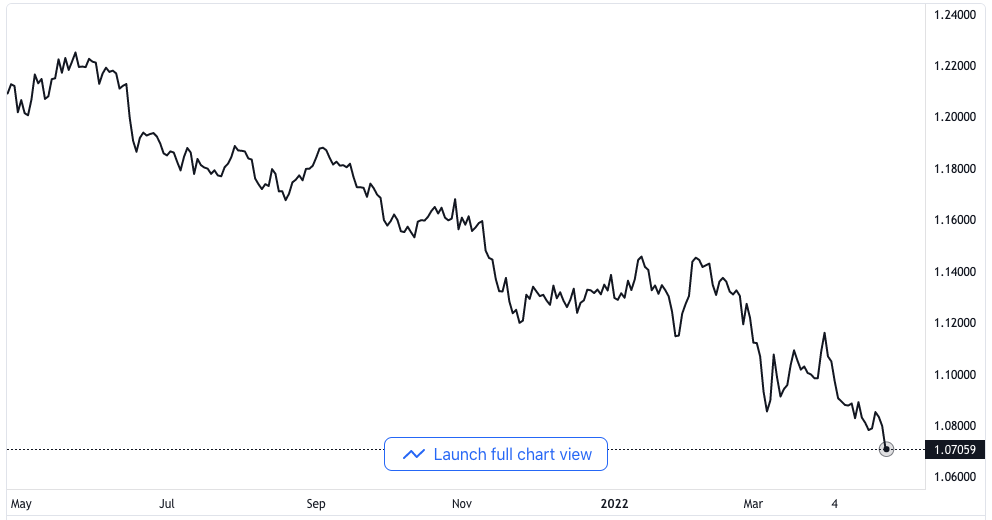
Hong Kong Index Falls While Asia Markets Rise
On Thursday, there was a dip of more than 1% in Hong Kong stocks, while markets in the Asia-Pacific region were trading higher. Meanwhile, the unemployment rate in Australia declined, while Singapore’s central bank tightened its monetary policy. There was a 0.22% drop in the Hang Seng index, as it closed at 20,751.21.
Mixed markets
There were mixed results in the mainland Chinese markets. After recording losses earlier, the Shenzhen Composite rose 0.75% to close at 12,602.78. But, there was a bit of a decline in the Shanghai Composite, as it closed at 3,281.74.
There was a 0.27% decline in the Kospi index in South Korea, which ended at 2,322.32, and a 0.38% gain in the Kosdaq. There was also a 0.12% drop in the PSE Composite Index in the Philippines on Thursday, as it ended the day at 6,248.13. The peso, on the other hand, was trading at 56.1 against the US dollar.
In order to combat inflation, the central bank of the country decided to hike its interest rate by 75 basis points. The MSCI’s index of Asia-Pacific shares excluding Japan fell to 0.16%.
Rise in Asian stocks
Elsewhere in Asia, there was a rise in Asian stocks. In Japan, the Nikkei 225 index trimmed losses and climbed 0.62% to end the day at 26,643.39. There was also a 0.23% gain in the Topix index, which closed the day at 1,893.13.
There was a 0.44% increase in the Australian S&P/ASX 200, as it reached 6,650.6. According to official data, there was a rise in jobs in Australia in June by 88,400, which was significantly higher than the 30,000 predicted.
The unemployment rate in the country had been expected to be 3.8%, but it stood at 3.5%, which was a low of 48 years.
Singapore monetary policy and GDP
As far as economic data is concerned, there was a 4.8% growth recorded in the gross domestic product of Singapore in the second quarter of the year, which is higher than 4% in the first quarter, but lower than the predictions of 5.2% by analysts.
On Thursday, the central bank in Singapore made an off-cycle move when it tightened its monetary policy. The Monetary Authority of Singapore (MAS) makes interventions in the exchange rate for setting monetary policy rather than changing interest rates, like other monetary authorities globally.
However, they did say that inflation risks would be dealt with as tightening policy upfront gives more flexibility and bandwidth to the MAS. There was a 1.15% decline in the Straits Times Index in Singapore on Thursday. But, there was a rise in the Singaporean dollar against the US dollar to 1.4001.
Market analysts said that the surprise tightening by the MAS would provide support to the Singaporean Dollar in the near term, but they also said that there could be further action seen in October, particularly if inflation continues to persist. It is a problem that almost all countries in the world are facing, as prices continue to rise due to geopolitical situations.









































